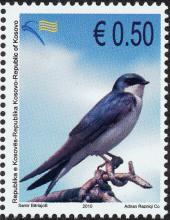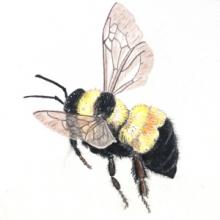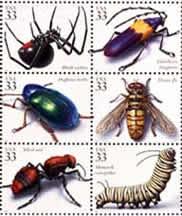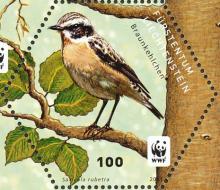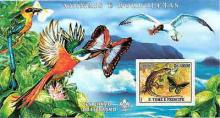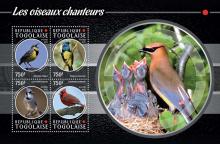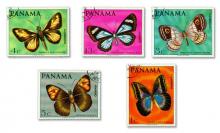Tree Swallow foraging responses to agricultural land use and abundance of insect prey
Throughout North America, many species of aerial insectivorous birds have exhibited steep declines. The timing of these declines coincides with changes in agriculture, perhaps signaling a causal link. Increased agrochemical use, wetland drainage, and cropping intensity may indirectly influence insectivores by reducing the abundance of insect prey. Our objective was to determine whether changes in insect abundance and biomass on agricultural landscapes in the Canadian Prairies influence the foraging behaviour of breeding Tree Swallows (Tachycineta bicolor (Vieillot, 1808)).

